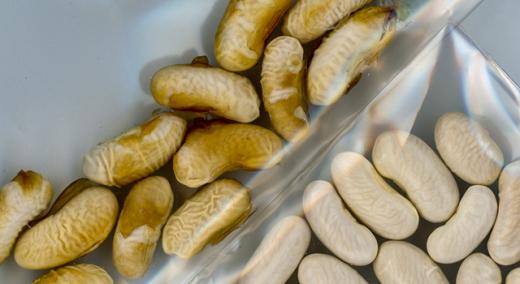This story was originally published by MIT News.
As the world continues to warm, many arid regions that already have marginal conditions for agriculture will be increasingly under stress, potentially leading to severe food shortages. Now, researchers at MIT have come up with a promising process for protecting seeds from the stress of water shortage during their crucial germination phase, and even providing the plants with extra nutrition at the same time.
|
ADVERTISEMENT |
The process, undergoing continued tests in collaboration with researchers in Morocco, is simple and inexpensive, and could be widely deployed in arid regions, the researchers say. The findings were reported in the journal Nature Food, in a paper by MIT professor of civil and environmental engineering Benedetto Marelli, MIT doctoral student Augustine Zvinavashe, and eight others at MIT and at the King Mohammed VI Polytechnic University in Morocco.
…

Add new comment